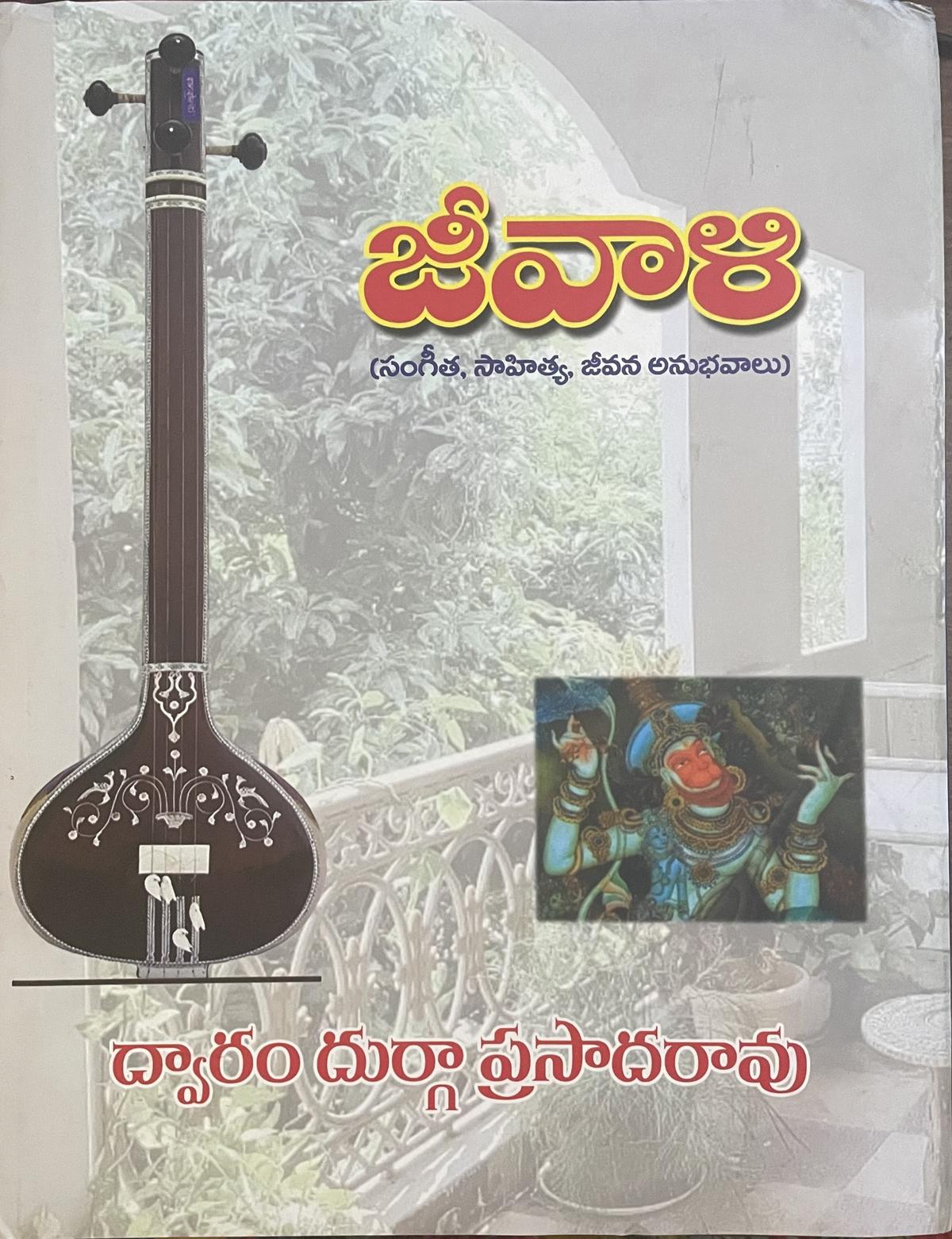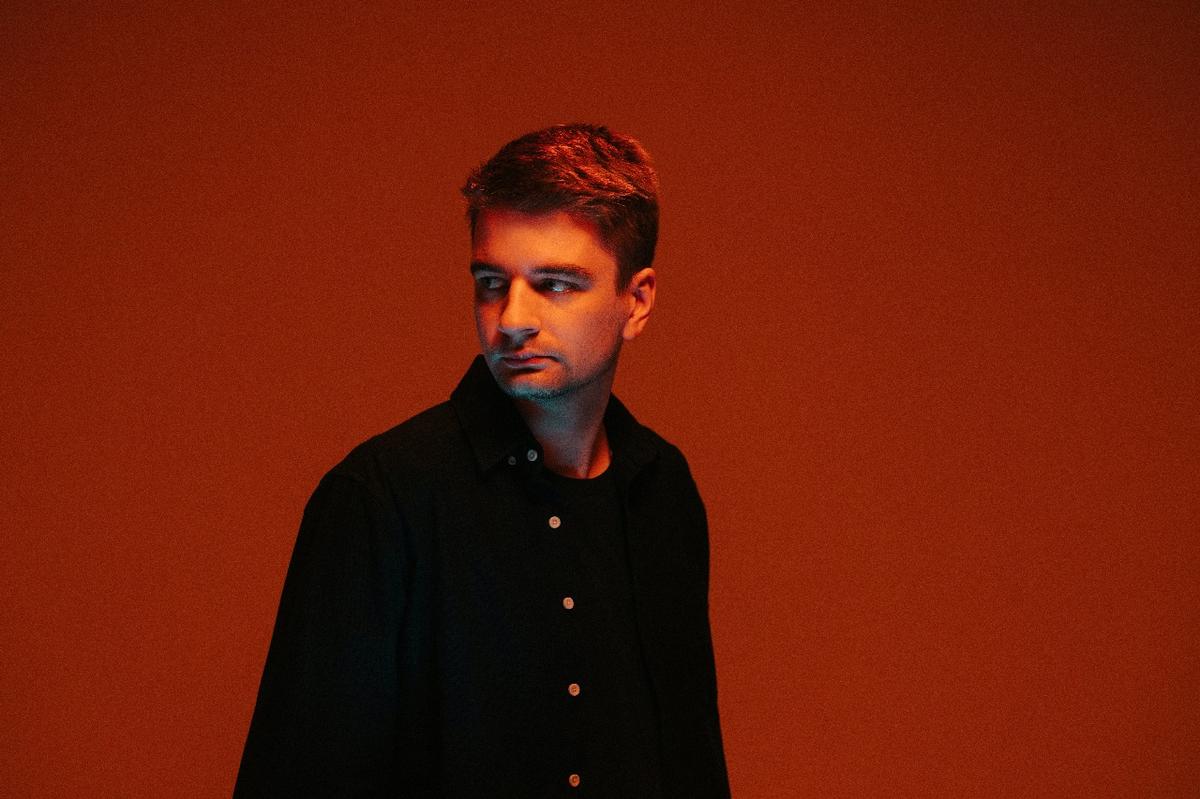Anupama Parameswaran remembers watching the 1997 Malayalam film Guru as a child and wishing she could step into its fantasy world to meet its characters. “Some films create a make-believe world you want to be part of,” she says, adding that she hopes her new Telugu film, Paradha, will have a similar effect.
Directed by Praveen Kandregula and set to release on August 22, the film stars Anupama, Darshana Rajendran and Sangita, each portraying characters from different social backgrounds.
Travel and folklore
Paradha was completed a year ago, but its release was delayed as the team searched for a date that felt right for a women-led film. “I moved on to work in other films; it was tough for the director and producer,” says Anupama during this interview in Hyderabad. The wait ends soon, with the film set to release on Chiranjeevi’s birthday, considered an auspicious date in the industry.
Anupama Parameswaran interview for Paradha
| Video Credit:
Johan Sathyadas
Director Praveen describes it as a Zindagi Na Milegi Dobara-style road film with the cultural rootedness of Kantara. “He said this to me and Darshana a few days ago and we flipped,” Anupama laughs. “Until then, we thought of it as travel-meets-folklore. I’m not sure if these comparisons will make sense until audiences watch the film.”
Anupama also draws parallels to director Imtiaz Ali’s Highway, citing the same expansive frames paired with an intimate narrative. A promotional video shows her, in a veil, selling colourful paradha (veils) — a visual that becomes a metaphor in the story. “It has elements of an arthouse film and a commercial masala entertainer,” she says.
Female friendships
While Anupama plays a woman from a fictional village in Andhra Pradesh, Darshana takes on the role of a young, urban Indian. Anupama recalls their first scene together with Sangita in a house in Manali. The three had only met briefly during a photoshoot, with no workshops to ease them in. Yet, the scene needed to capture their dynamic. “The chemistry was instant; we don’t know how it happened. That day, we knew the film would come together well. It’s rare for a film to explore female bonding beyond the surface,” says Anupama.
The shoot involved plenty of travel, which was not without challenges. “I fell ill during the Manali schedule, and months later, we had to resume in Dharamshala as the weather hadn’t been on our side. It’s been quite a journey.”
Female-friendly unit
What made a difference, Anupama says, was the presence of women across different departments, including cinematographer Mridul Sen. This, she explains, was a welcome change for a film centred on female friendships. “Usually, apart from me and my hairdresser, a set is dominated by men. I’m not criticising that way of working, but for Paradha, it was comforting to have more women around. Mridul captured the bond between the characters with real warmth, it’s hard to put into words. Praveen listened to perspectives from women in the assistant director, costume, and cinematography teams, which helped enrich the script.”
Praveen Kandregula and Anupama on set
| Photo Credit:
Special Arrangement
For Paradha, Anupama had to convey emotion largely through body language, her face hidden under a veil for much of the film. She landed the role after her 2021 Malayalam short Freedom at Midnight, which explored female sexuality.
A turning point
Anupama, known for her girl-next-door roles in Telugu, Tamil, and Malayalam films, was keen to break that mould. “When the promo was released, there was some negative feedback because my character used the F-word. But once the film came out, I was appreciated. If not for that short film, I might have missed out on Paradha,” she recalls.
Last year’s runaway Telugu hit Tillu Square was another step outside her comfort zone. “I was hesitant for the longest time. I felt uncomfortable in overtly glamorous clothes. But it was a full-length, substantial role. Even now, I get messages on social media asking me not to take up such characters. As an actor, I was eager to try something different.”
Her student-turned-teacher role in the Tamil blockbuster Dragon revealed yet another facet of her. “To be able to do films like Paradha, I also need commercial successes like Tillu Square or Dragon,” she explains.
Anupama also appeared in the Malayalam film Janaki Vs State of Kerala and has wrapped up an “experimental” Telugu film with director Prasanth Varma, alongside a handful of other projects. “Early in my career, I was so excited about work that I would spend sleepless nights waiting to get on set the next morning. That excitement faded midway. But post Freedom at Midnight, I’ve been getting scripts that bring that feeling back. It’s a blessing to be able to choose. I’m also mindful not to damage the career I’ve built over a decade.”
‘Premam’ and after
When Anupama Parameswaran debuted in the Malayalam hit Premam (2015), there was no roadmap. “I come from a lower middle-class family, was naive, and scared to dream big. I don’t even have videos of myself as a teen, only photographs my dad took before moving to Qatar for work,” she recalls. At 16, she featured in a stage play; by 18, she had auditioned for Premam. The film became a phenomenon beyond Kerala, but she faced unexpected backlash. Promotional material, designed by the makers, placed her character at the forefront, leading audiences to believe she was the sole lead. “I was criticised as though I had made a big deal out of my short role. I slipped into depression and avoided Malayalam films for a while.”
A call from writer-director Trivikram Srinivas for the Telugu film A… Aa.., alongside Nithiin and Samantha, opened a new chapter. Since then, Anupama has worked across languages, learning to navigate fame with more clarity and control. “Now I’m wiser,” she says, “and I choose my work in different languages with care.”















